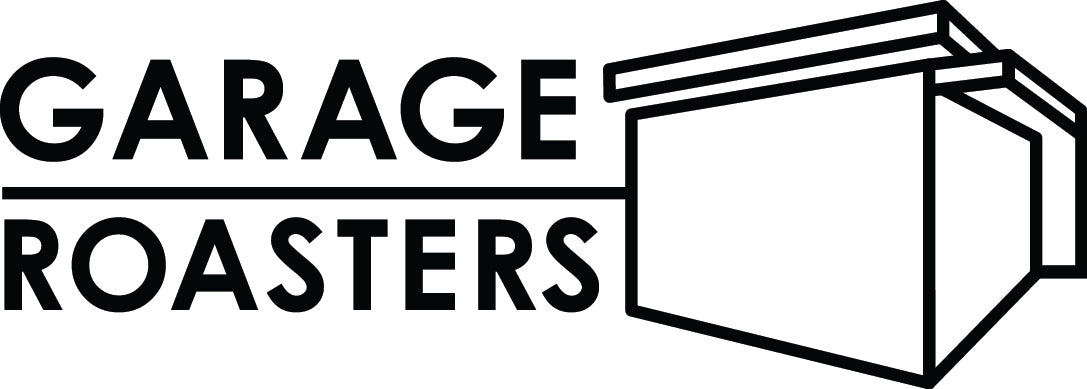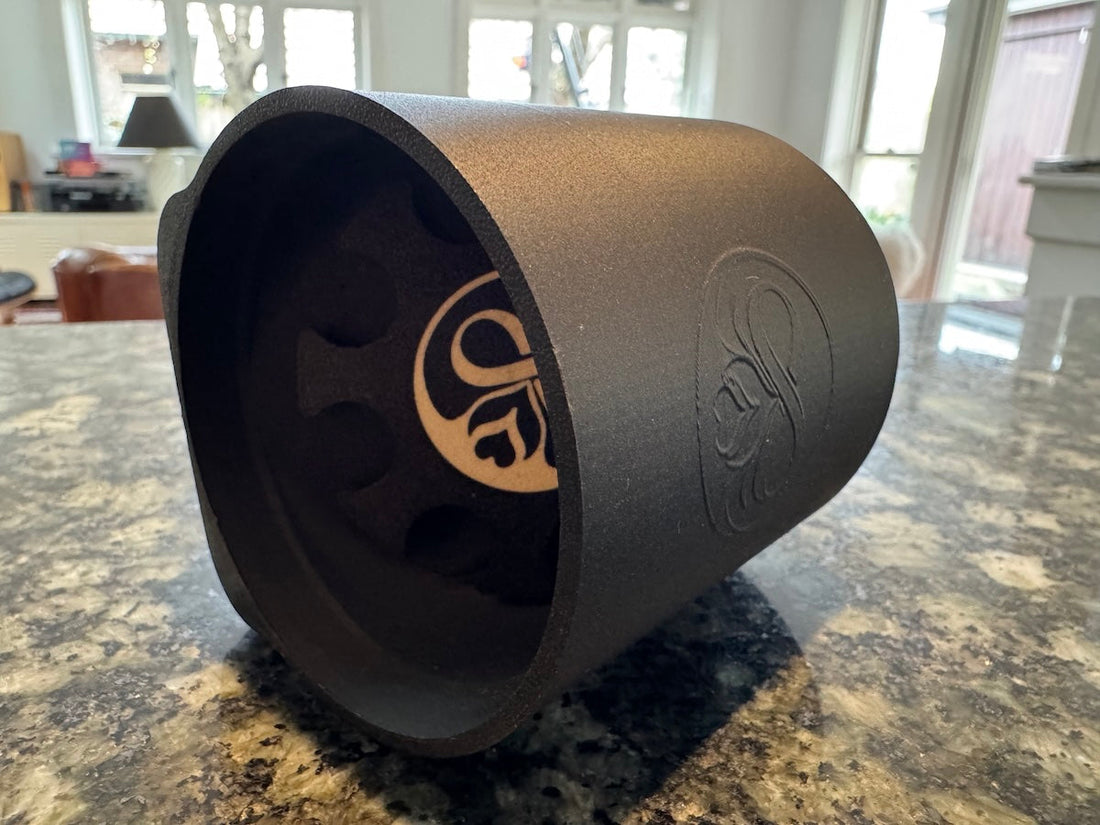I've spent a lot of time and money improving the espresso that I extract every morning... so you might forgive me for thinking that I knew a thing or two about this dark art and that significant gains were no longer attainable...
... however, one of the great benefits of running a coffee roasting business is that we need to stay on top of what is going on in the world of coffee. The internet gives us the ability to very quickly become aware of new theories and practices to improve our morning happiness coffee ritual. I've recently stumbled onto something which has had a dramatic positive impact on the quality of our morning espresso shots!
Both Lance Hedrick and James Hoffmann have spent time recently letting the coffee community know about the impact of triboelectrification when grinding coffee. As a young school child, you might have zapped your friends' ear lobes with static electricity after rubbing the soles of your shoes on carpet. Triboelectric effects work the same way. In the burr chamber of your grinder, beans are constantly bumping and rubbing against each other building up electric charge. This static electricity leads to clumping and uneven distribution which has negative effects on your coffee extraction both from a flavour perspective as well as the consistency of your extraction.
We spoken about one simple way to reduce triboelectric effects, and that is the use of RDT (the Ross Droplet Technique). You do this by giving your beans a little spritz of water and shaking them around prior to grinding. That small amount of water removes much of the static associated with triboelectrification.
The jump the shark stage for mitigating triboelectrification comes when you dramatically reduce the amount of bean jostling in the burr chamber. One tedious way to do this is to feed your beans into your grinder one by one. I can think of better things to do with my time. The other way is to purchase a slow feeder for your grinder, which I recently did. The results have been stupendous, and I'll discuss the impacts from both grind size and flavour perspectives.
When I first started using the CremaLoop slow feeder the first thing I noticed was how much finer I needed to grind in order to achieve extraction times that I'm used to. I now grind two larger markers (or eight small markers) finer... which would normally be an increase in extraction time of about 32 seconds. At my previous standard grind size I was getting gusher extraction with the slow feeder. That much of a difference in grind size is staggering... and the theoretical explanation is that mitigation of triboelectrification results in a much more uniform grind size distribution.
From a flavour perspective the espresso extracted with the slow feeder is significantly more complex, with better balance, and is just much improved! I hope you can hear it in the words you're reading... I've been astounded at the positive impact of slow feeding. Next week we'll chat about dynamic shower screen assist springs!
If you're interested and have an extra minute to spare in your morning to make a better coffee then you should take a look at the CremaLoop Slow Feeder here:
To read about burr geometry click here
To read more about coffee burrs click here

